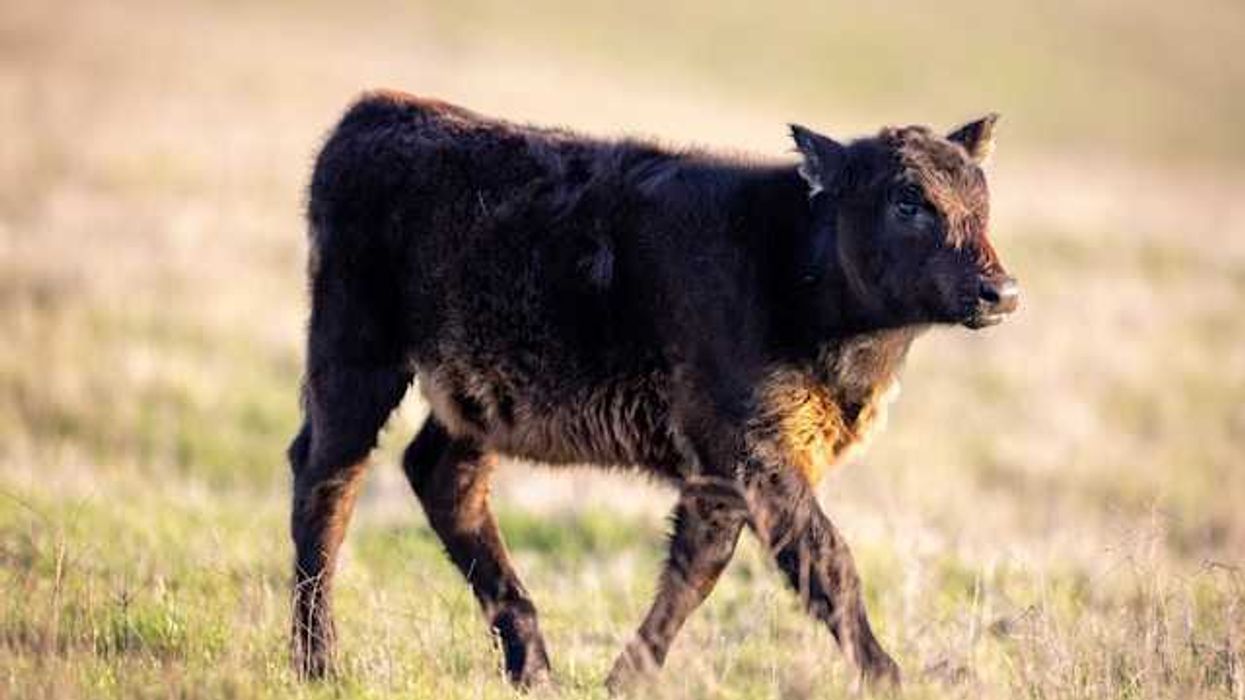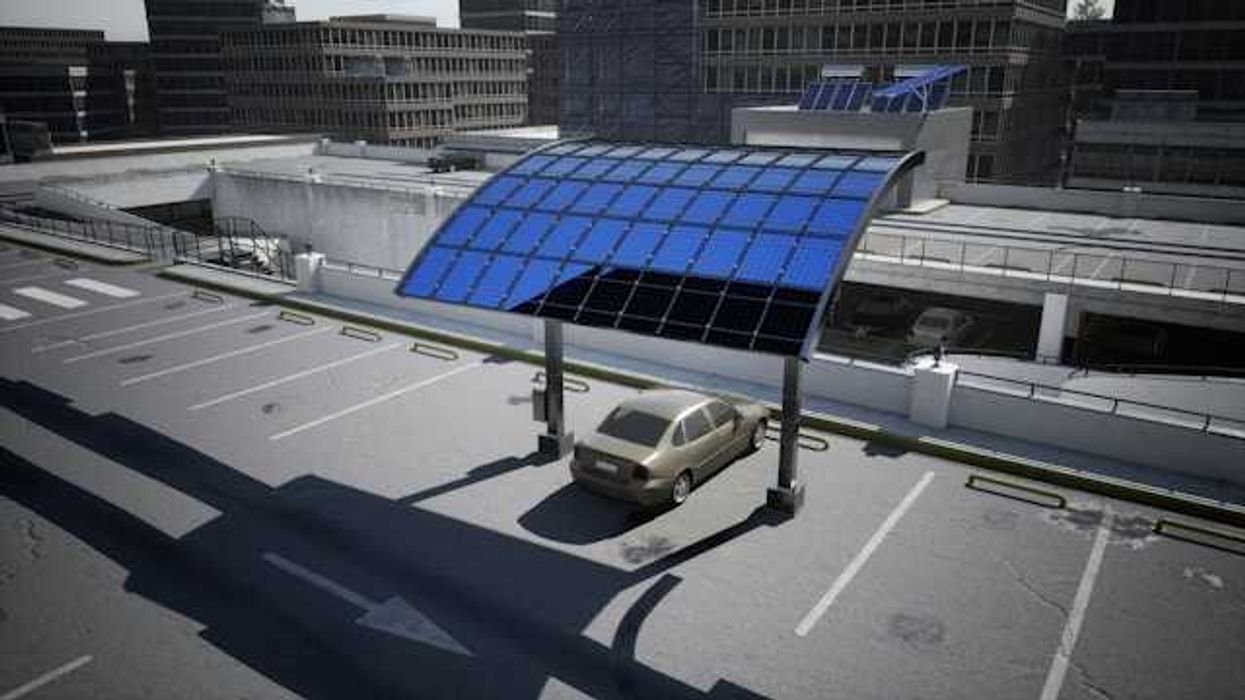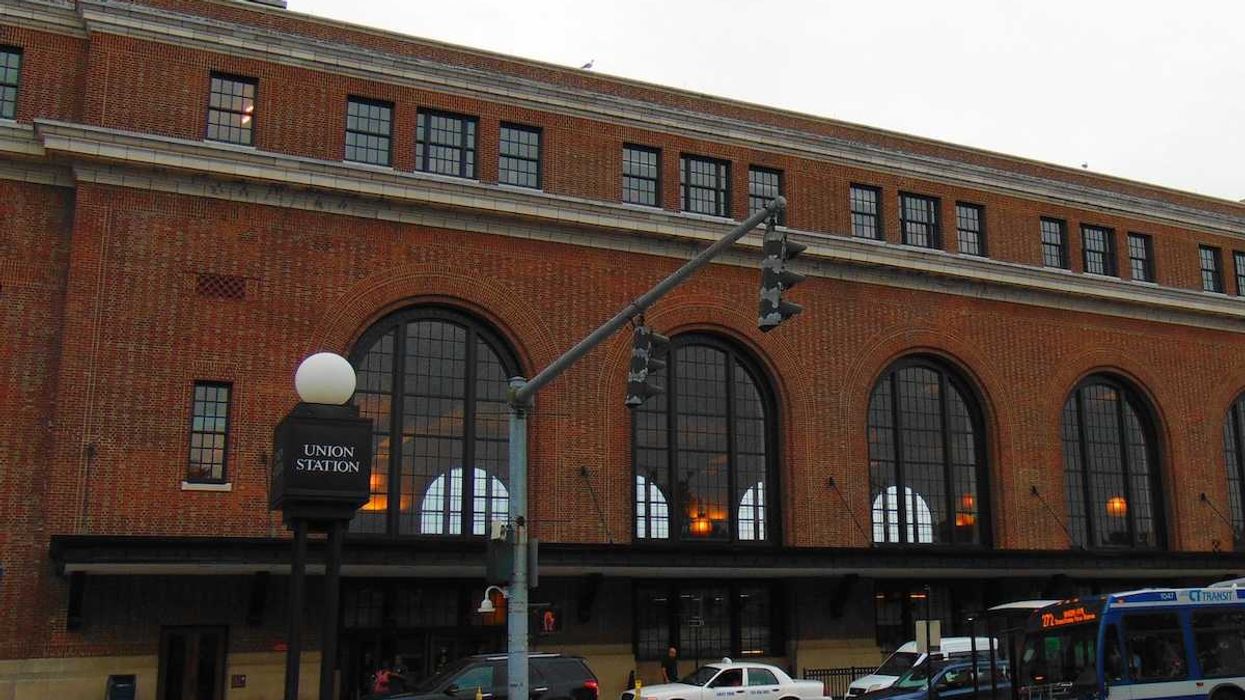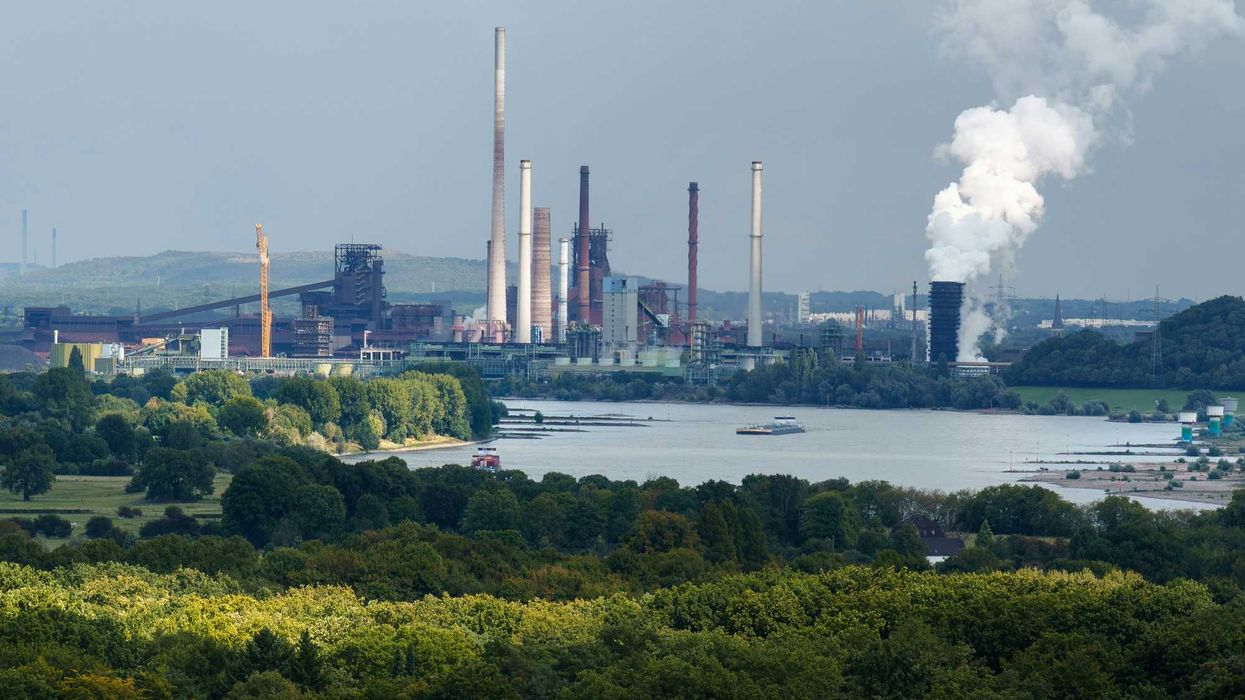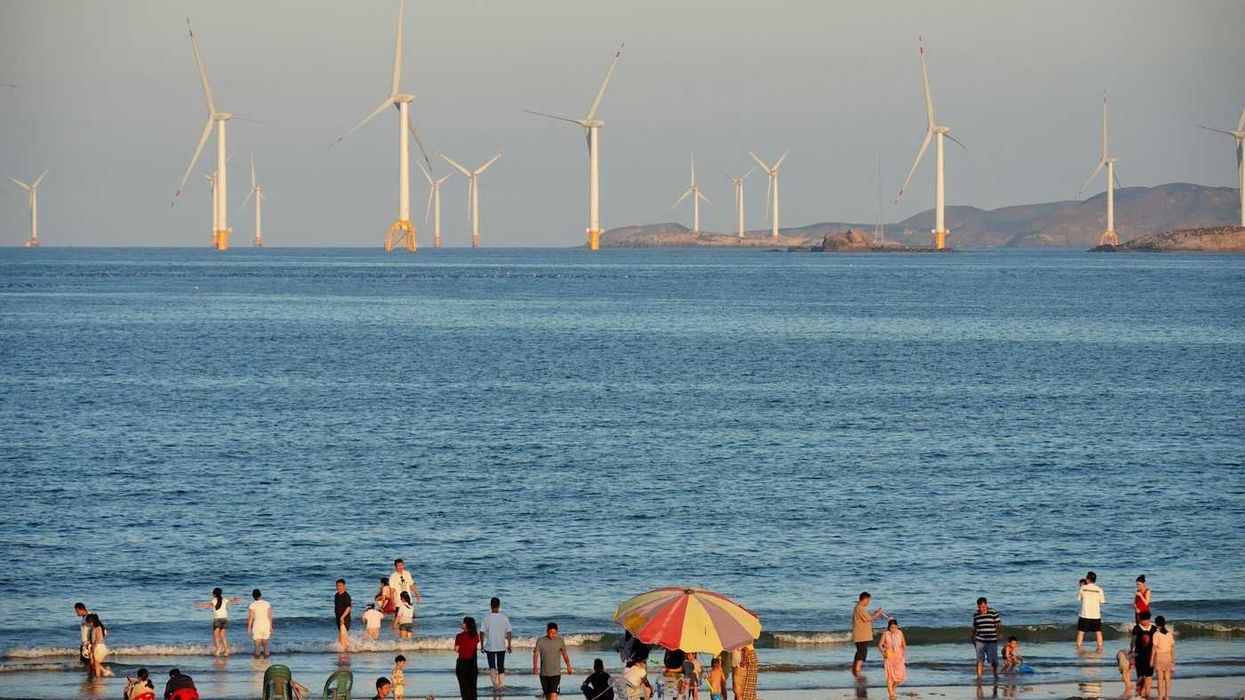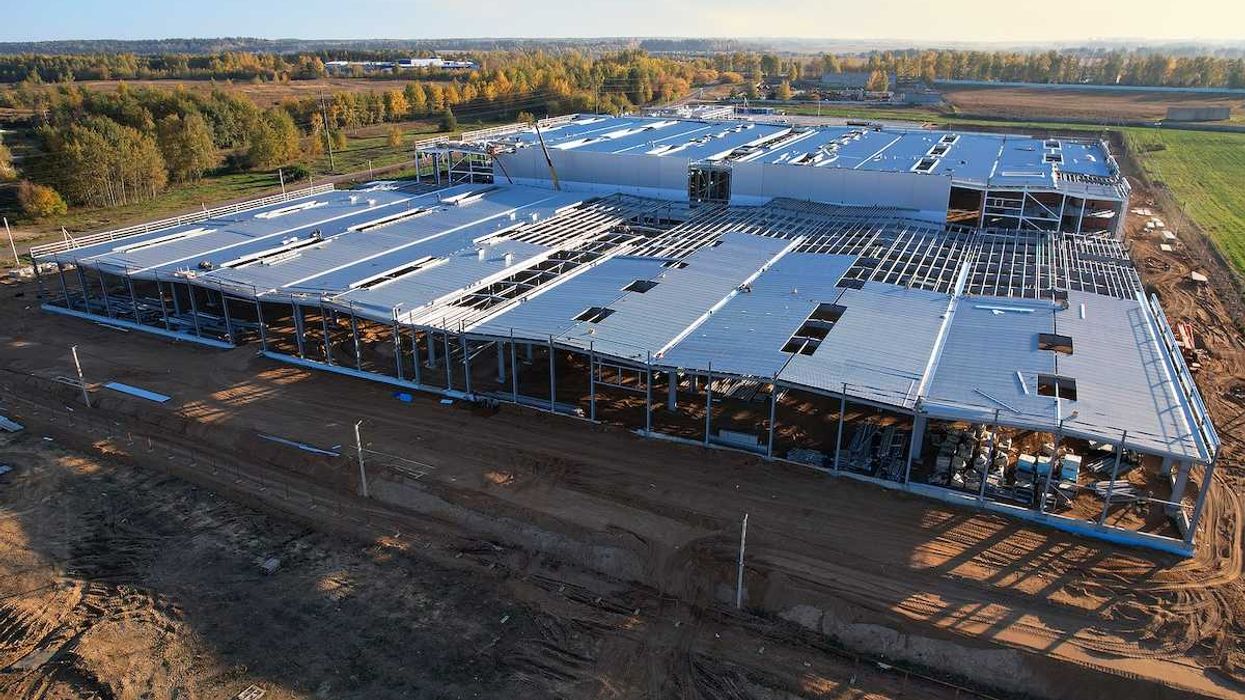A new highway cutting through protected Amazon rainforest is being built in Belém, Brazil, to accommodate traffic for the COP30 climate summit, drawing criticism from conservationists and local communities.
In short:
- The four-lane highway spans more than eight miles through the Amazon, displacing residents and threatening biodiversity.
- Local farmers, like Claudio Verequete, have lost their livelihoods without compensation and fear further deforestation.
- Scientists warn the road will fragment ecosystems, making it harder for wildlife to migrate and survive.
Key quote:
"From the moment of deforestation, there is a loss. We are going to lose an area to release these animals back into the wild, the natural environment of these species."
— Prof. Silvia Sardinha, wildlife vet and researcher
Why this matters:
The Amazon rainforest is critical for regulating global carbon levels and sustaining biodiversity. In a paradox that environmentalists find hard to ignore, new infrastructure projects — including roads — are being carved through the forest to accommodate global climate summits.
Deforestation in the Amazon is already a major driver of global carbon emissions, with land cleared primarily for agriculture, logging, and mining. Roads tend to accelerate this process, opening once-remote areas to further degradation. Research shows that up to 95% of deforestation in the Amazon occurs within a few miles of roads, often leading to unchecked expansion of industry, land grabs, and displacement of Indigenous communities.


